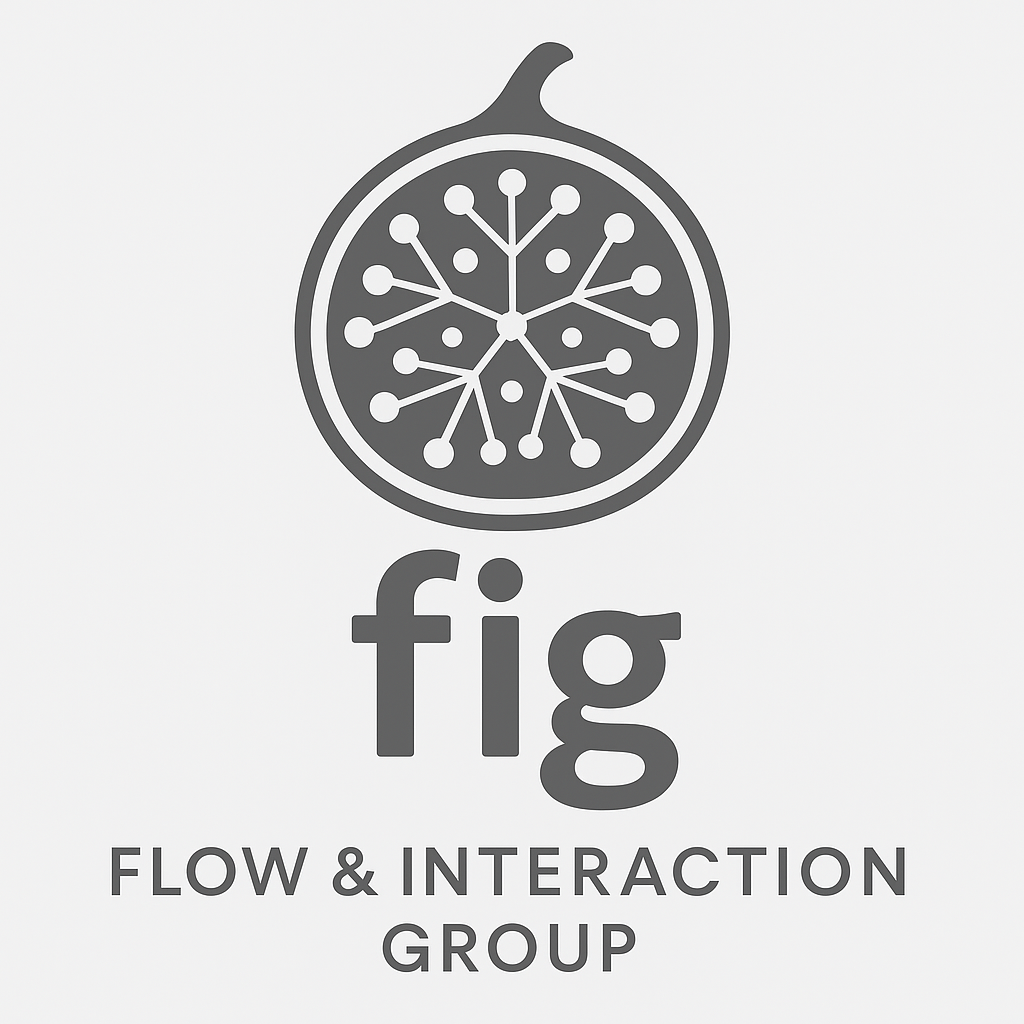I can feel it moving: Science CommunicatorsTalking About the Potential of Mid-Air Haptics
This video explores how mid-air haptic technology can enhance science communication by creating flexible, engaging, and shared experiences. Through six prototype haptic probes across particle physics, quantum mechanics, and cell biology, workshops with expert science communicators revealed its potential to spark awareness, enjoyment, and interest. The findings suggest that mid-air haptics can complement existing tools like 3D printing and VR, offering a unique way to connect audiences with scientific concepts.
Transcript
We explored the potential of haptics for improving science communication and discovered that mid-air haptic feedback supports flexible, engaging discussions in a way that other technologies, like 3D printed models and VR headsets, cannot. What if we could get people to touch concepts—for example, letting people touch atoms, cells, or even galaxies?
We explored how ultrasonic mid-air haptics can improve science communication. Ultrasonic mid-air haptics describes the technological solution to generating tactile sensations on the skin using sound pressure displayed in mid-air, without any suspension or attachment on the user’s body.
We built six prototypes to demonstrate science concepts in three areas: particle physics, quantum mechanics, and cell biology. These prototypes represented electromagnetic radiation, particle collisions, the Schrödinger atom, the Heisenberg uncertainty principle, meiosis, and the cell nucleus.
We then took these prototypes to 11 science communicators in three workshops—one for particle physics, one for quantum mechanics, and one for cell biology. From their feedback, three key themes emerged.
Theme 1: Dynamic representation. Mid-air haptics is very useful when a dynamic concept needs to be physicalized. 3D printing is static—objects don’t move—but mid-air haptics are dynamic and can represent many more concepts. The trade-off is that haptics cannot capture the level of detail of actual physical objects. For example, 3D-printed protein models can show intricate details, but they remain fixed. By contrast, the simplicity of mid-air haptics encourages facilitators to explain concepts in their own way, expanding around a simple, fundamental sensation.
Theme 2: Encouraging discussion. Mid-air haptics encouraged much more social experiences than VR. People could easily take turns feeling the sensation, unlike VR where one person wears the headset and must describe what they see. Because the sensations were abstract and low in detail, participants often had different interpretations, sparking discussion as they guessed and compared experiences.
Theme 3: Flexibility and storytelling. The ambiguity of haptic sensations turned out to be a strength, making them a great tool for flexible storytelling in science communication. Facilitators could adapt their explanations to suit different concepts or audiences. For example, children often view science as rigid—biology as “smelly stuff,” chemistry as “things that bang,” and physics as “maths.” With haptics, communicators could reshape these narratives and attract new audiences who might not usually engage with science.
This flexibility gave communicators control over how sensations were used and how they connected with people, opening up new possibilities for sparking curiosity, enjoyment, and dialogue in science.

